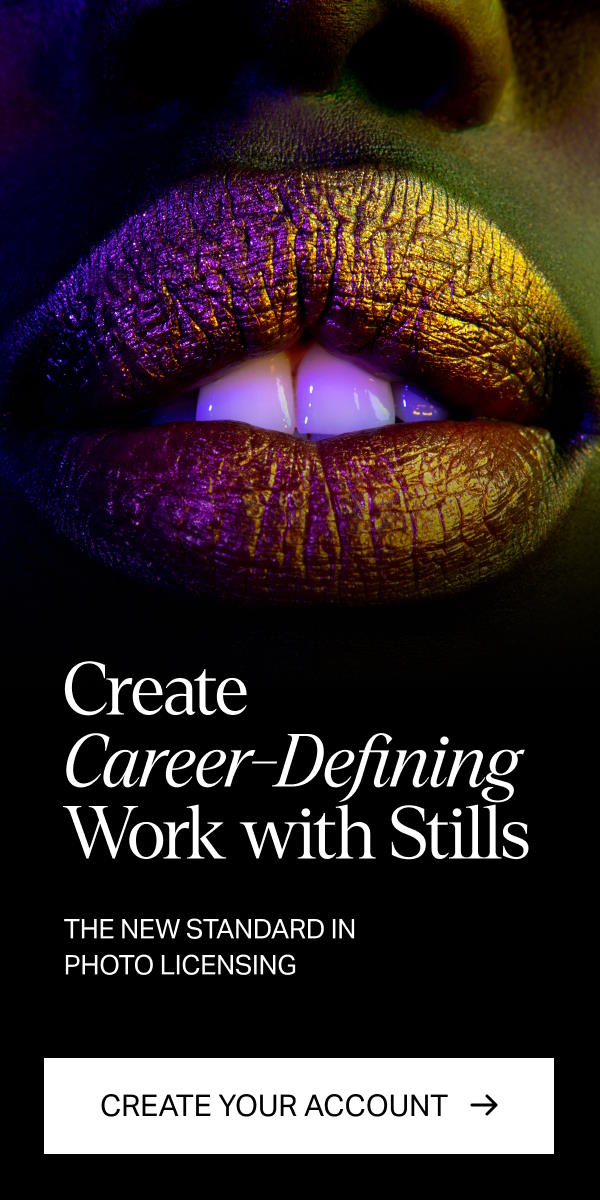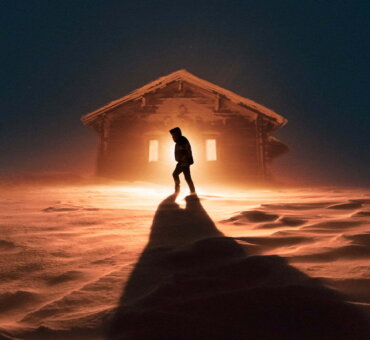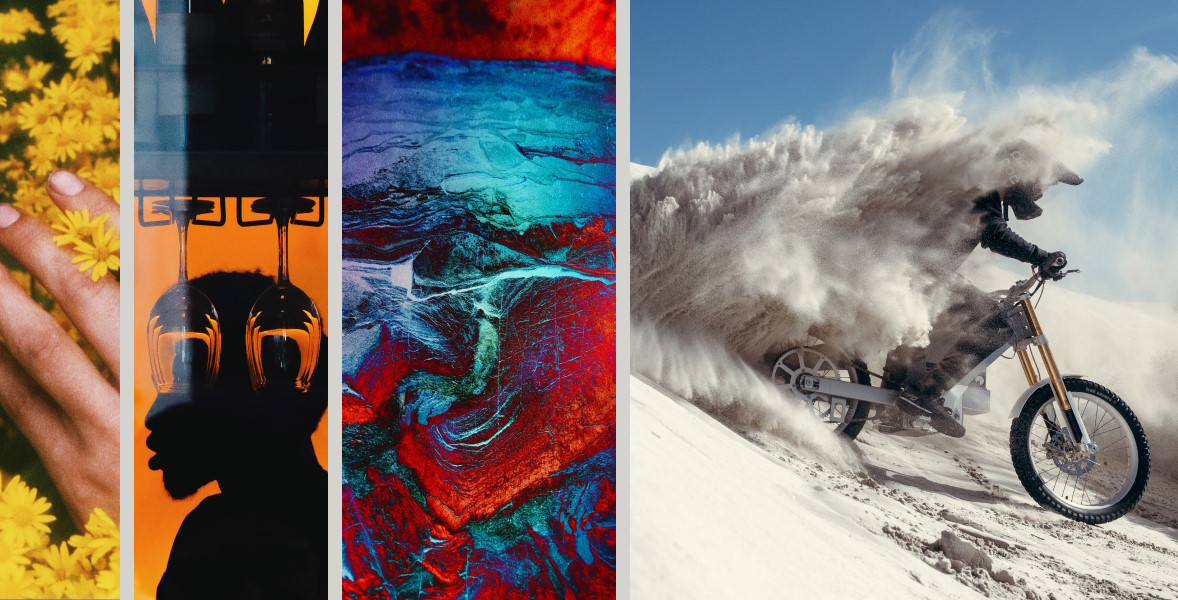When we hear the word surrealism, many of us immediately go to paintings. Frida Kahlo, Salvador Dalí, and Max Ernst are only some of the amazing artists who introduced us to this art form.
In photography, the term has also taken a permanent spot. There are various techniques that photographers can apply to produce surrealist photography. And this is not just to express creativity or challenge the boundaries of this style.
If you’ve ever asked what is surrealism, in photography and art, it’s a form of self-expression and an encouragement to the viewers to broaden their imaginations. The beauty of surrealism is that it knows no bounds.
History of Surrealism
Heavily inspired by the Dada Movement, surrealism was officially founded in Paris in 1924. French poet and writer Andre Breton founded the Surrealist Movement, and his Surrealist Manifesto, published in 1924, defined surrealism as a “noun and an artistic process, as well as a philosophy.” That was how surrealism started, and it didn’t take long before the movement grew.
In art and photography, surrealism is the balance between dreamlike elements and rational vision. From the works of Pablo Picasso, René Magritte, and Salvador Dalí, to today’s modern artists like Nam Das, Aya Takano, and Jeff Soto, surrealism has become the language of dreams and the unconscious. It has evolved into contemporary surrealism, pop surrealism, and many other sub-genres that are still deeply rooted in what Breton started back in 1924.
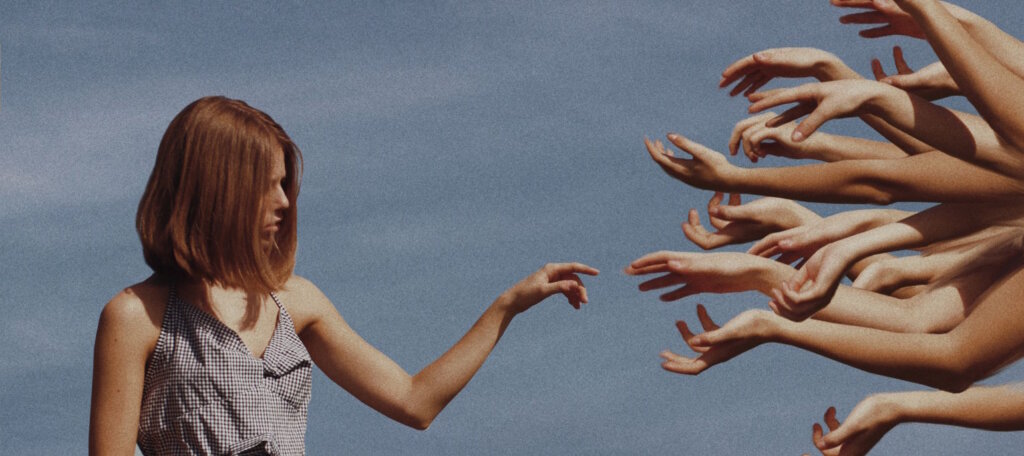
What Makes an Artwork Surreal?
So, what is surrealism, and what makes an art surreal? Isn’t it the same as abstract art or the more classic expressionism?
Surrealism is, well, surreal. It’s like entering the artist’s mind, stepping into their dreams and subconscious thoughts and ideas. The things we cannot easily express, the wild ideas and imaginary concepts too complex for words—these usually fall under surrealism.
This type of art is not limited to a specific style. Instead, it’s like an act of rebellion against all styles that seem to put things in boxes with labels. Automatism, or deliberately suppressing conscious thoughts and allowing the subconscious to take the wheel, is a fundamental aspect of surrealism.
Art that follows this style is all about the juxtaposition of familiar elements, depicting them in unusual ways. It also includes elements like biomorphic shapes or rounded and irregular-shaped objects, and automatic drawings or the art of simply drawing without rationally thinking of any design.
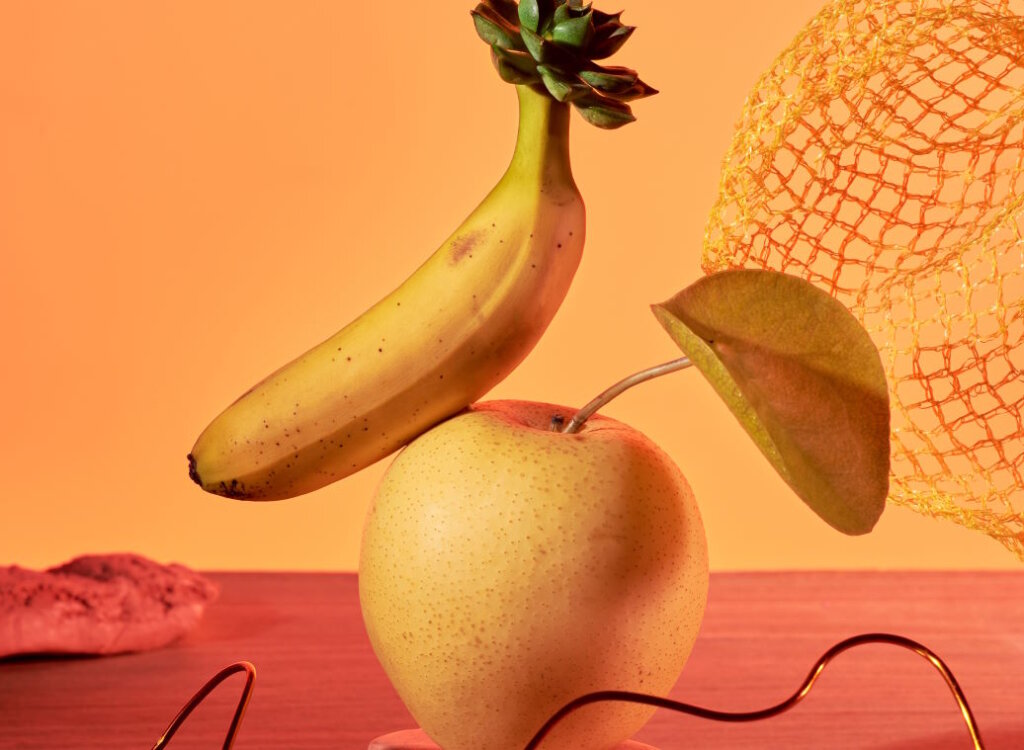
Artistic Techniques in Surrealist Art
There are many artistic techniques to pursue surrealism design ideas. Some of the most common include collage, grattage, and decalcomania.
- Collage or the overlapping of pieces or different drawings or photographs gives off that sense of play in the artwork.
- Grattage, invented by Max Ernst, is a technique that involves painting over a textured object and then scraping it off, creating a unique output.
- Decalcomania is the process of applying paint to one surface and pressing it onto another surface to transfer that design. Some refer to this as the butterfly print.
You may also hear about frottage, which is quite similar to grattage. The main difference is that the latter uses paint as a medium, while frottage uses dry media like crayons or pencils.
From photography to film, from sculpture to lithography, every surrealist’s goal is the same—to create from the unconscious. Allowing the conscious thoughts of the viewers to create their own interpretations.
Surreal Art Ideas
Salvador Dalí’s works like The Persistence of Memory, Swans Reflecting Elephants, and Metamorphosis of Narcissus are perfect examples of art that seem to be born in dreamland. It’s like Dalí wasn’t following any rule of art but simply creating from a place of unconscious thoughts and wild imagination. No barriers, no rules, just creating.
Joan Miró’s work is rooted in the same thought process. His work heavily utilizes automatism or the process of drawing or painting unconsciously. No rules to follow, no specific image or artwork in mind.
For modern surrealism design ideas, Italian artist Angelo Accardi is behind the famous surreal art collection, Misplaced, which “gives the feeling that something does not belong.” This collection incorporates modern characters like those from Family Guy and the minions from Despicable Me, proving that surrealism is not a thing of the past.
How to Create Surrealism
Rational thinking and conscious creation are out the window, if you’re ever wondering how to do surrealism. The modern tools, the apps, and the software only encourage today’s creatives to explore and produce work that the viewers finish in their own imaginations.
Procreate and Photoshop are two of the most commonly used software, and artists become more limitless with an iPad in hand as creating becomes more convenient. If you’re still starting out, grab those old artwork of yours, even the dull and boring ones, and play with them to create surrealism photos.
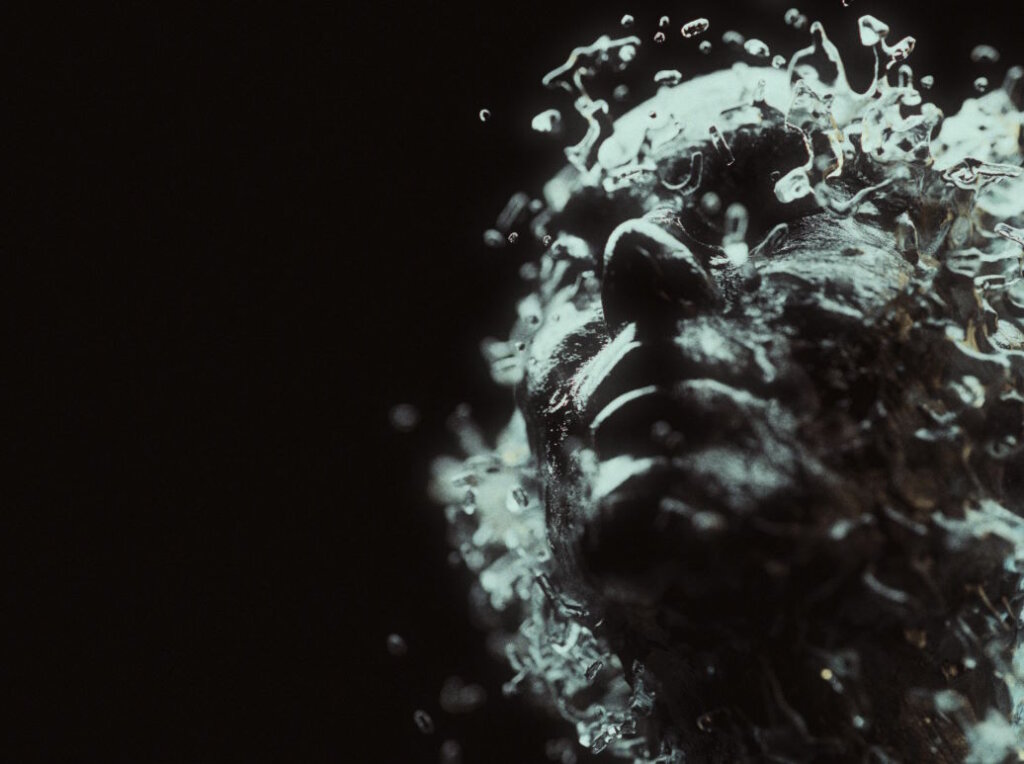
Surrealism Ideas in Design
Surrealism in graphic design only continues to rise as designers push to produce work that incorporates dreamlike imagery and unique juxtapositions. It’s safe to say that today’s consumerism are strongly drawn to visuals that involve recognizable images but are presented in a weird, unusual way.
People seek designs that perfectly depict their mood without a care of whether or not it’s a sensible photo, so long as it connects with them so they can say, “THAT is exactly how I feel right now.”
Whether that’s a graphic for a social media post, an image for an ad, or a website design, designers are encouraged to incorporate elements of surrealism. Funky, distorted images and biomorphic shapes are some of the many design elements that are effective attention-grabbers.
Surrealism Ideas in Photography
If you’ve ever wondered what is surrealism photography, it’s something that has its own take on this and many photographers take the defining characteristics of surrealism and transpose them in their work. Rosen Goldman, Laura Zalenga, and Alex Stoddard are only few of the many photographers who are not afraid to show the uncanny and make images from the bizarre.
Solarization, photomontage, and double exposure are surrealism techniques that are not just present in paintings but are also used to create surrealism photos.
- Solarization was first applied in film photography, where the film is exposed to light, reversing the image’s shadows and highlights.
- Photomontage is when you creatively combine two different photos to create something new and surreal, maximizing today’s tools for better editing to achieve a surrealist effect.
- Double exposure is similar to photomontage, combining two photos and playing with exposure and transparency levels to produce a new and unique image.
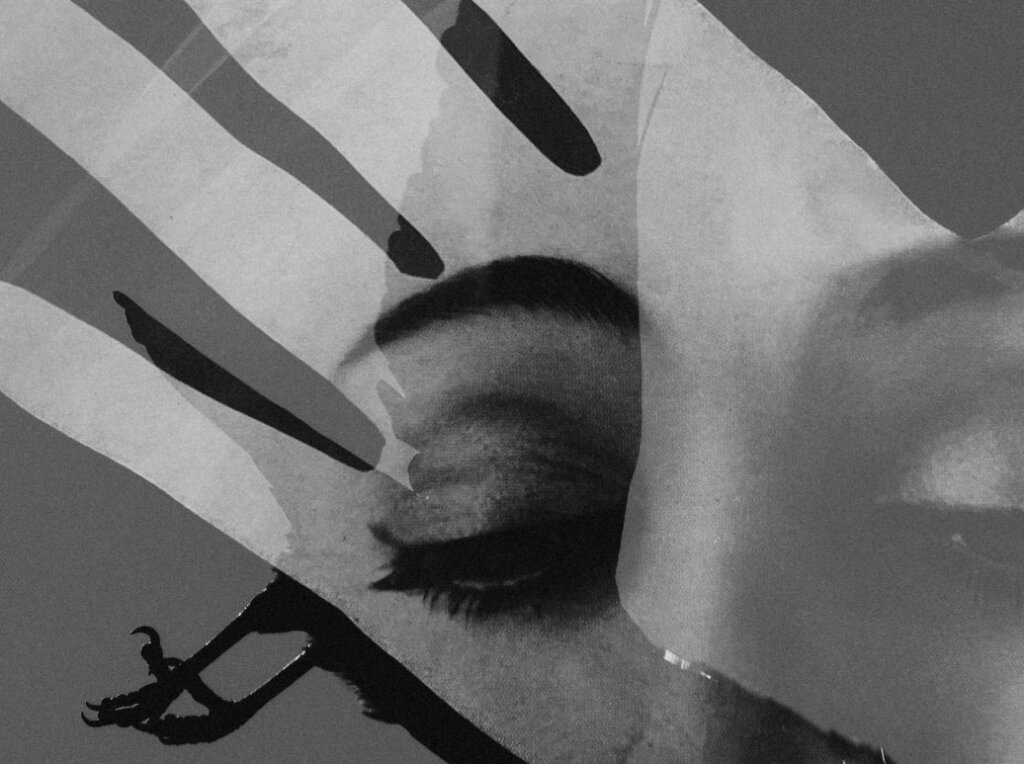
Surrealism in Advertising
When it comes to business, surrealism can be found everywhere in advertising—from fashion items to automotive. Volkswagen’s Polo Bluemotion car took inspiration from Dalí’s Persistence of Memory and created an ad highlighting the car’s energy efficiency and that time may be running out for the oil industry.
Samaritaine Paris Trompe-l’oeil’s exhibit poster is an homage to surrealism, while the latest Barbie film had a massive 3D ad in front of Burj Khalifa. These installations and advertisements don’t just make people stop and stare. They actually evoke strong emotions and drive encouragement and interest towards the product. One may not like Barbie, but seeing that huge 3D ad is definitely interesting.
These are perfect examples of how to do surrealism in advertising, and they’re clearly effective. It shows how creative directors, graphics designers, and such are willing to play with modern tools to produce uncanny yet interesting work and memorable ads.
Tired of using bleak stock images?
Try Stills, a photo licensing platform for exceptional designers.
The New Standard in Photo Licensing
Other Use Cases
Rule of thumb when working on a branding or advertising visual element is that it has to be good. But what is good, nowadays? That’s not easy to answer. One thing for sure is that surrealistic graphic designs are of interest. From album covers to website layouts, it never fails to grab people’s attention and evoke emotions.
Take inspiration from Red Hot Chilli Pepper’s I’m With You studio album cover, Santana’s Abraxas, and Rihanna’s 2016 album Anti. Or from websites like pocopeople and hauska.
There are tons of graphic design works that are anchored in surrealism, which is to say this style is only moving forward with us as consumers.
Conclusion
Unconsciously, many of us have this desire to escape the current climate. It’s a breath of fresh air when we see something weird, unique, something we can’t really explain. That’s what surrealism design ideas are—no words can single-handedly explain it. You just have to take what you see and interpret it from your own perspective, whatever emotion or unconscious thought it triggered.
Putting that essence in photography and graphics design simply means offering today’s consumers a fresh way of introducing a new product. And isn’t that what catches people’s attention?
License the cover image via Vijay Sarathy

